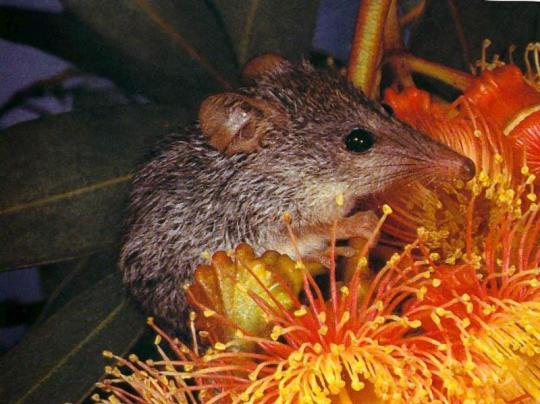#Family: Tarsipedidae
Explore tagged Tumblr posts
Text


#poll#Class: Mammalia#Order: Diprotodontia#Family: Tarsipedidae#Genus: Tarsipes#Tarsipes Rostratus#Range: Australasian
27 notes
·
View notes
Text
Honey Possum
Scientific Name: Tarsipes rostratus

On the southernmost corner of Australia, a mouse sizes marsupial can be found known as the Tarsipes rostratus, or Honey Possum. The little brown and gray marsupial has lived alongside the indigeneous people for thousands of years and has developed many names, including honey possum and mouse.
It feeds itself by drinking the nectar from flowers with its specialized elongated snout. Despite its name, the honey possum is only vaguely related to possums and more closely related to possum like marsupials from Chile and South America.
Fun Fact #1: Ancestors of the early honey possum can be found as far away as Antartica.

DNA studies suggest that the Honey Possum evolved from a small possum-like marsupial from Chile in South America, and can even further be linked to microbiotheriid fossils discovered in South America, Antarctica and South Australia. Experts say that the honey possum's ancestors were stuck on the Austrailian continent after it drifted away from the large southern land mass named Gondwana, and since then has developed into the modern honey possum, or the noolbenger, as it is called by the land's indigenous people.

The honey possum may be found on coastal sand plains and heaths, where its diet consists mostly of the nectar from flowers. In a day, this mouse sized marsupial may drink twice of its body weight in nectar. This makes it a key component in south west Australia's ecosystem, which relies heavily on the little honey possum to carry pollen on its face from flower to flower.
Fun Fact #2: Although it is hardly a possum, Tarsipes rostratus has evolved to curl its tail around branches and hang vertically upside down.
The reproductive systems of Honey Possums are very unusual. Male honey possums, who are signifigantly smaller than their female counterparts, have large testes making up 4.2% of their body weight. Meanwhile, the female's eggs, which are otherwise standard for a mammal, may be fertilized by multiple males.
Here is the Taxonomy of Tarsipes rostratus:
Kingdom: Animalia Phylum: Chordata Class: Mammalia Order: Diprotodontia Family: Tarsipedidae Genus: Tarsipes Species: rostratus

3 notes
·
View notes
Text
List of Families within Diprotodontia I’ve covered (each link leads to the tags for each family):
Burramyidae
Macropodidae
Phalangeridae
Tarsipedidae
5 notes
·
View notes